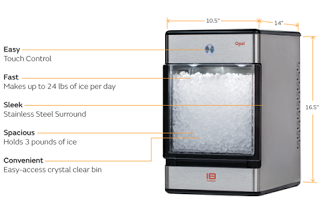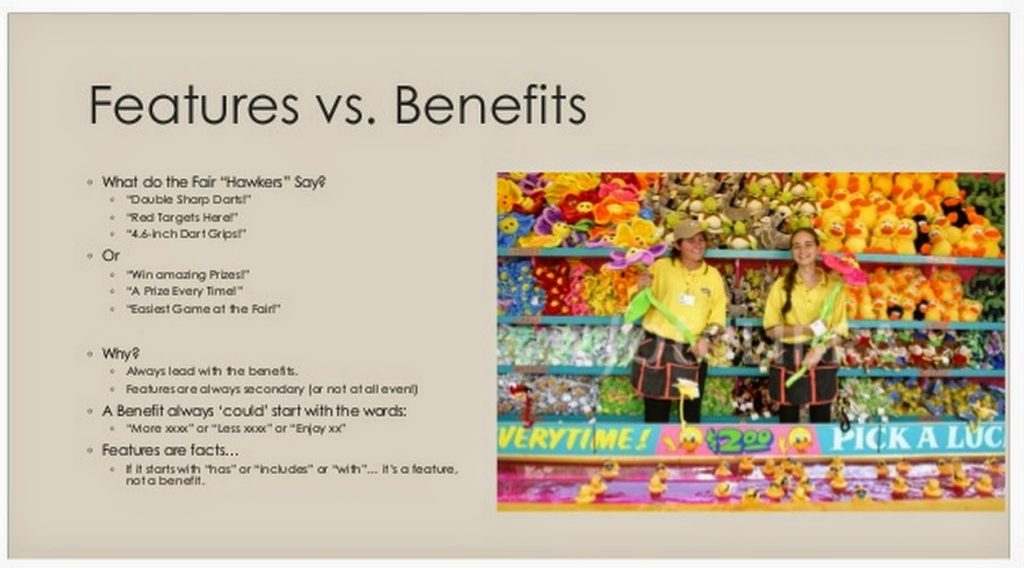Otaku is a Japanese term, now used throughout the marketing world, to mean a person or group of people obsessed with a particular topic/problem/or interest. Recently, I was astonished to learn that there is an Otaku group who are obsessed with a specific kind of ice – nugget ice. I learned this from doing a deep analysis of what causes IndieGogo campaigns to succeed or fail. You see, there is an Opal Ice Maker, which does 1 thing ~ makes nugget ice ~ that recently raised $2.5 Million dollars on indiegogo. And this got me thinking….
- The Opal Ice Maker is targeted specifically and exclusively to people who love nugget ice, and would die to have it at home… Clearly, there is a passionate following of nugget ice, and this entire product was built EXCLUSIVELY for that audience. (I would never buy one, for example).
- The Opal Ice Maker ‘completely’ solves the problem of making your own nugget ice at home…. it does exactly what it says it will do, and most people cannot even imaging using 24 pounds of nugget ice at their home, even at a party!
- They went after and got people who love nugget ice, targeting people who ‘like sonic drivethru’ (who have the nugget ice), and other chains where people frequent just to get their ice fix.
- It’s not a low price, but a high price… because Otaku people would pay it, and a high price signals quality.
- Find a problem that a very specific small Otaku group have, and are extremely passionate about.
- Completely solve the problem.
- Target and reach out to that group directly (ads, PR, gorilla marketing).
- Charge a high enough price to signal quality.







